John Michael Talbot stands as a significant figure in contemporary Christian music, yet his artistic roots delve deep into the fabric of American country rock. From his early days with Mason Proffit, a band that carved a niche in the burgeoning country rock scene of the late 60s and early 70s, to his subsequent transition into a highly influential solo career in Christian music, Talbot’s journey is one of constant evolution and spiritual exploration. This exploration of faith and music has made John Michael Talbot a beloved artist for millions worldwide.
From Indiana to the Charts: The Mason Proffit Era
Born in Oklahoma City and raised in Indianapolis, John Michael Talbot‘s musical upbringing was rich and varied. His father’s involvement with the Oklahoma City Orchestra and his mother’s musical role in their church provided an early immersion in sound. This foundation blossomed when his older brother, Terry Talbot, began playing guitar. Inspired, John Michael Talbot initially gravitated towards drums before the banjo captured his imagination, eventually leading him to the guitar itself. Terry introduced him to folk music, teaching him “Tom Doolie,” a song that would later become significant in the Mason Proffit story.
Early musical endeavors with his brother led to the formation of The Quinchords, a family folk group, and later The Four Score, a rock band that achieved regional success. These experiences culminated in The Sounds Unlimited, a band that hinted at the musical direction that would soon define Mason Proffit. It was a suggestion from producer Bill Trout that proved transformative. Trout, recognizing the emerging trends in music, encouraged the Talbot brothers to blend their folk, bluegrass, and country roots with rock and roll. This pivotal advice, coupled with the inspiration from bands like The Byrds and The Flying Burrito Brothers, led to the birth of Mason Proffit.
 Mason Proffit album cover shoot in 1969, showcasing the band's early country rock image.
Mason Proffit album cover shoot in 1969, showcasing the band's early country rock image.
The name “Mason Proffit” itself was a nod to Frank Proffitt, the writer of “Tom Doolie,” and “mason jars,” reflecting a down-to-earth, homespun image. John Michael Talbot initially “lost” a coin toss and found himself learning the pedal steel guitar, an instrument he humorously described as “flying a helicopter.” Despite the steep learning curve, his dedication to mastering the instrument became a hallmark of Mason Proffit’s distinctive sound.
Mason Proffit’s debut album, “Wanted,” released in 1969, is now considered a classic of the country rock genre. The track “Two Hangmen,” penned by Terry Talbot, became a regional hit and showcased the band’s lyrical depth and musical prowess. Recorded at Universal Studios in Chicago, a studio with a rich history, “Wanted” captured the raw energy of a band on the cusp of wider recognition. Despite the rudimentary recording technology of the time, the album’s charm and the band’s burgeoning talent shone through.
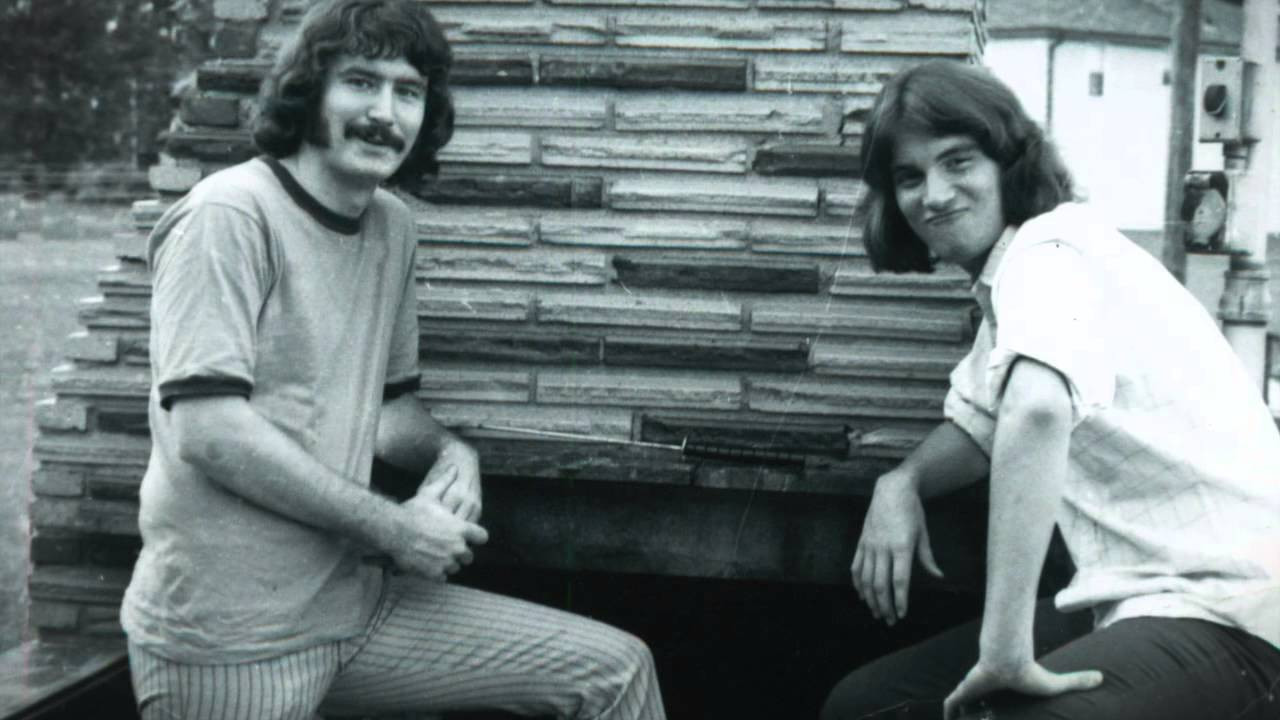 Talbot brothers John and Terry, founders of Mason Proffit, pictured early in their career.
Talbot brothers John and Terry, founders of Mason Proffit, pictured early in their career.
The success of “Wanted” paved the way for “Movin’ Toward Happiness” in 1971, which charted on the Billboard 200, solidifying Mason Proffit’s place in the national music scene. Their relentless touring schedule, performing up to 300 concerts annually and opening for major acts like The Doobie Brothers and John Denver, honed their live performance skills and expanded their fanbase. However, despite their growing popularity and musical evolution, internal tensions and creative differences began to surface within the band.
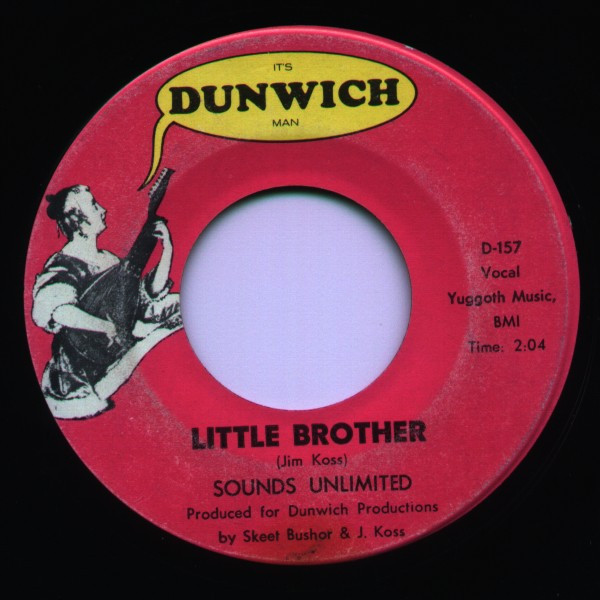 Sounds Unlimited, an earlier band featuring the Talbot brothers before Mason Proffit was formed.
Sounds Unlimited, an earlier band featuring the Talbot brothers before Mason Proffit was formed.
“Last Night I Had the Strangest Dream,” released after signing with Warner Bros. Records in 1972, saw John Michael Talbot taking a more prominent role in songwriting and lead vocals. This album explored themes of Native American history and social commentary, reflecting Talbot’s growing spiritual and social awareness. Despite its creative explorations, the album marked a turning point as band members began to experiment with drugs, contributing to internal friction and a shift in the band’s dynamic.
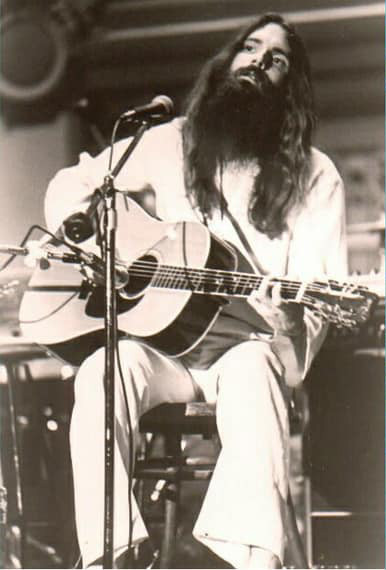 Mason Proffit featuring John Michael Talbot, showcasing his banjo skills and stage presence.
Mason Proffit featuring John Michael Talbot, showcasing his banjo skills and stage presence.
From Rockfish Crossing to Solo Path: The Transition
Mason Proffit released two more albums, “Rockfish Crossing” and “Bare Back Rider,” under Warner Bros. Records. “Rockfish Crossing” included a live segment recorded at the legendary Golden Bear club, aiming to capture the band’s renowned live energy. “Bare Back Rider,” produced by Bill Halverson, marked a high point in terms of production quality and achieving the desired blend of acoustic and electric sounds that John Michael Talbot envisioned.
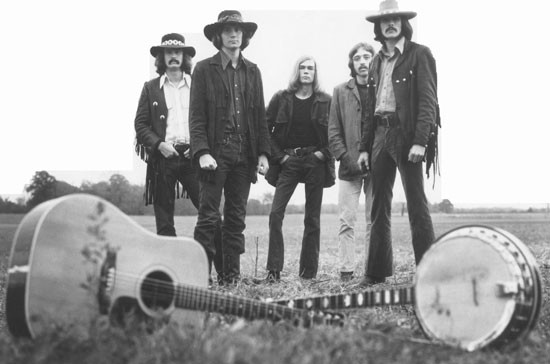 Mason Proffit in 1969, capturing the band's youthful energy and country rock style.
Mason Proffit in 1969, capturing the band's youthful energy and country rock style.
Despite these successes, the relentless touring and creative disagreements took their toll. The band members’ diverging musical aspirations and exhaustion from constant touring led to Mason Proffit’s disbandment after a five-year run. John Michael Talbot and his brother Terry then formed The Talbot Brothers, a duo project that allowed them to explore their musical interests with greater freedom and creative control.
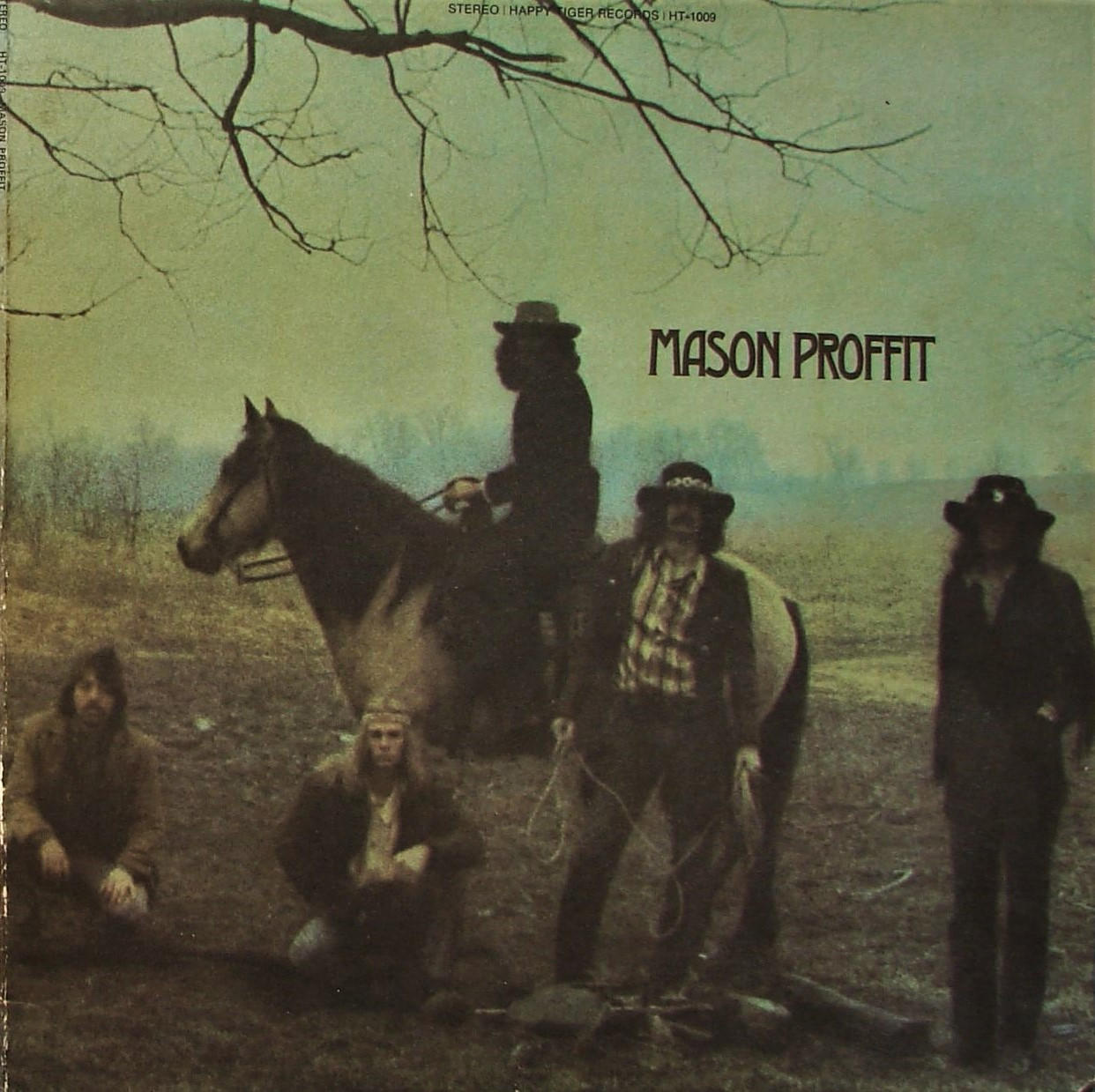 Mason Proffit headline, indicating their growing prominence in the country rock scene.
Mason Proffit headline, indicating their growing prominence in the country rock scene.
The Talbot Brothers project was musically rich, featuring legendary session musicians and showcasing improved songwriting and vocal harmonies. Their self-titled album was well-received by Warner Bros. executives, who recognized its quality and commercial potential. However, the Talbot brothers’ firm decision not to release it under the Mason Proffit name led to promotional setbacks, and the album, despite its merits, became largely overlooked.
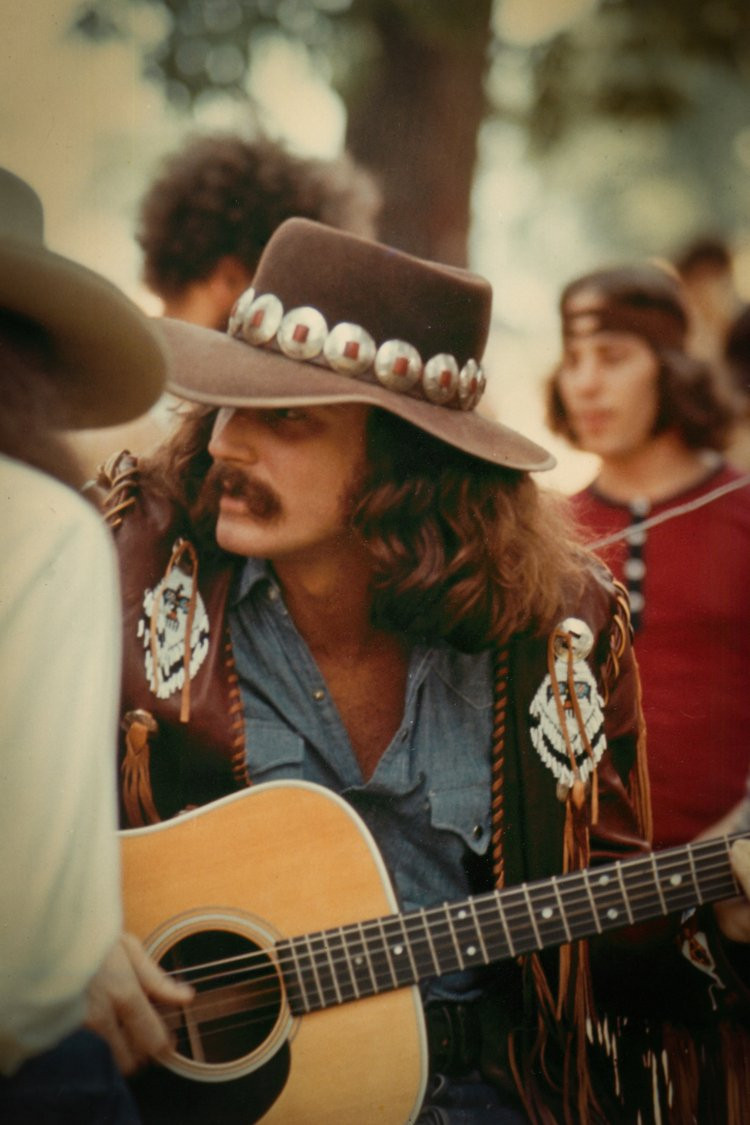 Terry Talbot of Mason Proffit performing at Grant Park, Chicago, circa 1969-70.
Terry Talbot of Mason Proffit performing at Grant Park, Chicago, circa 1969-70.
This period of disillusionment following The Talbot Brothers project coincided with a deepening of John Michael Talbot‘s Christian faith. After a period of reflection and personal exploration, he embarked on a solo career dedicated to Christian music. His first solo album marked a significant departure from his country rock past, embracing a more acoustic and spiritually focused direction. Playing all the instruments himself, John Michael Talbot created an album that was raw, intimate, and deeply personal, reflecting his newfound faith and artistic vision.
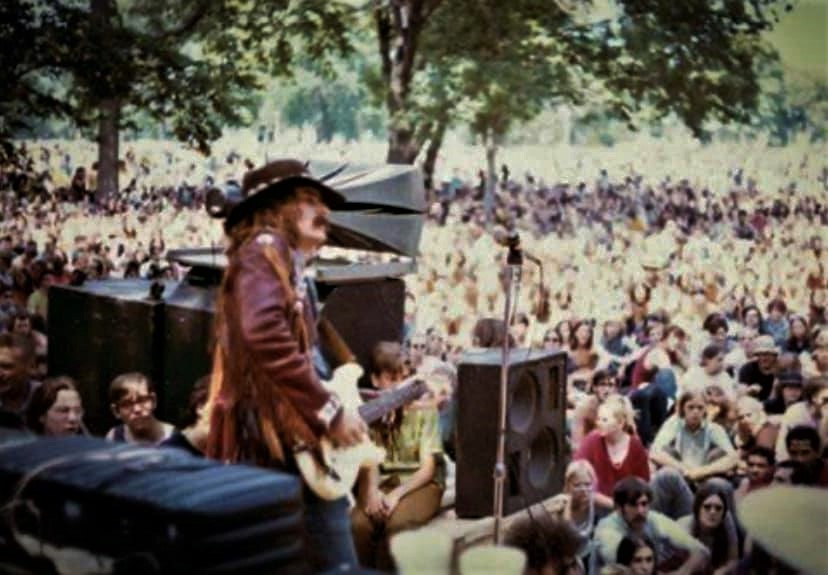 Mason Proffit performing at Grant Park, Chicago, circa 1969-70, showcasing their dynamic stage presence.
Mason Proffit performing at Grant Park, Chicago, circa 1969-70, showcasing their dynamic stage presence.
A Prolific Solo Career and Spiritual Depth
John Michael Talbot‘s solo career in Christian music has been extraordinarily prolific, encompassing over 50 albums and millions of sales. His music blends contemporary styles with ancient Christian traditions, reflecting his deep engagement with Franciscan spirituality and monastic life. Albums like “The Lord’s Supper” and “Come to the Quiet” are considered foundational works in contemporary Christian music, establishing his signature meditative and mystical style.
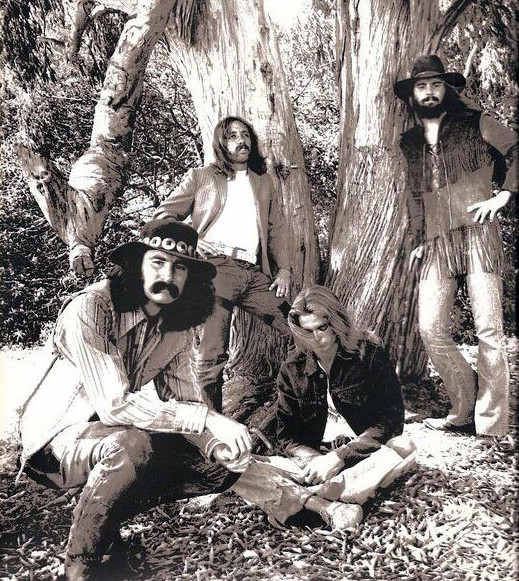 Mason Proffit in a promotional shot, highlighting the band's lineup and instruments.
Mason Proffit in a promotional shot, highlighting the band's lineup and instruments.
His conversion story and exploration of faith deeply impacted his songwriting, leading him to create music that resonated with listeners seeking spiritual depth and contemplative reflection. John Michael Talbot‘s music is often characterized by its acoustic instrumentation, vocal harmonies, and incorporation of liturgical texts and monastic chants.
 Album cover for 'Movin' Toward Happiness' by Mason Proffit, their second album which charted on Billboard.
Album cover for 'Movin' Toward Happiness' by Mason Proffit, their second album which charted on Billboard.
“Songs From Solitude,” released during the COVID-19 pandemic, exemplifies his ongoing artistic and spiritual journey. Created during a period of monastic enclosure, the album features ancient liturgical texts set to music, reflecting the themes of solitude, contemplation, and spiritual intimacy. John Michael Talbot‘s ability to draw from ancient traditions and express them in a contemporary musical language is a hallmark of his enduring appeal.
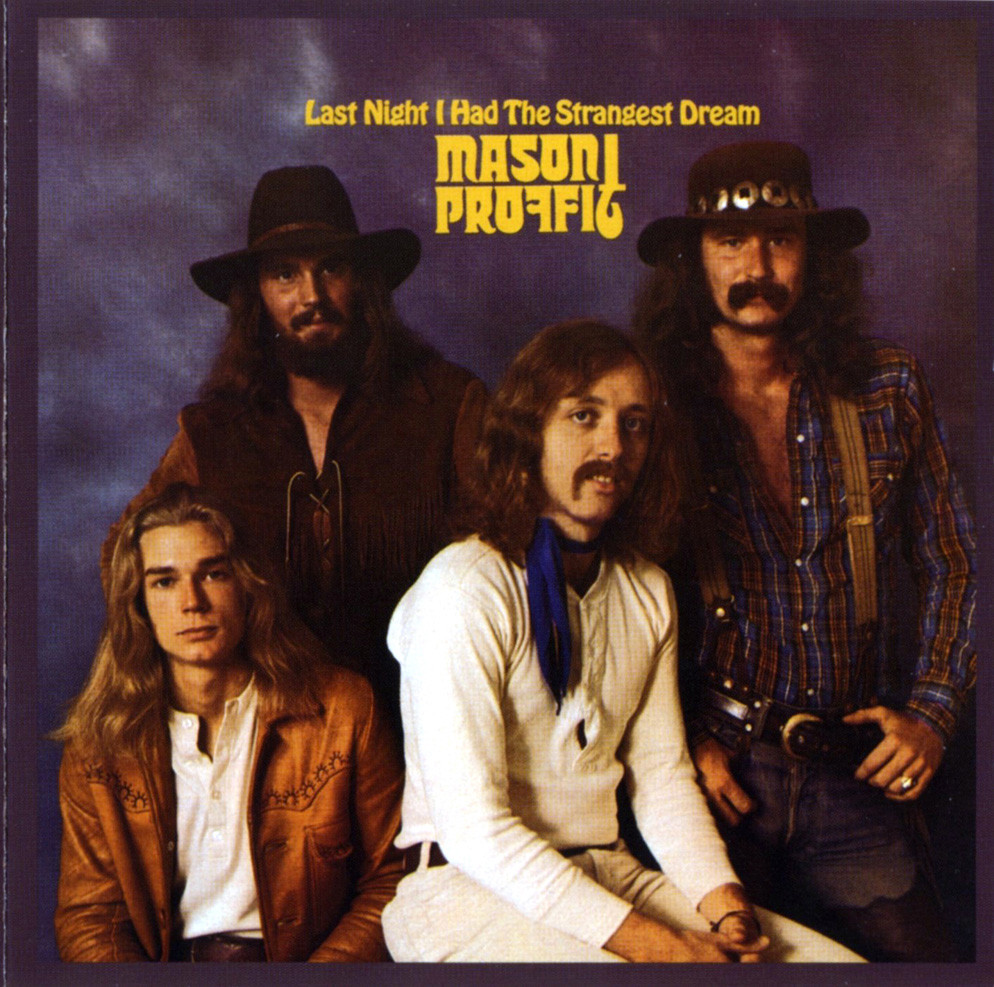 Album cover for 'Last Night I Had The Strangest Dream' by Mason Proffit, reflecting a folk-influenced direction.
Album cover for 'Last Night I Had The Strangest Dream' by Mason Proffit, reflecting a folk-influenced direction.
Throughout his solo career, John Michael Talbot has collaborated with numerous acclaimed musicians, orchestrators, and producers. He fondly recalls collaborations on albums like “The Lord’s Supper,” “The Painter” (with his brother Terry), “Come to the Quiet,” and “Troubadour of the Great King.” These collaborations, along with the mentorship of figures like Billy Ray Hearn and Phil Perkins, have been instrumental in shaping his musical development and artistic vision.
 John Michael Talbot in a contemplative pose, reflecting his spiritual focus and monastic life.
John Michael Talbot in a contemplative pose, reflecting his spiritual focus and monastic life.
Legacy and Continuing Influence
John Michael Talbot‘s musical journey is a testament to his versatility, artistic integrity, and spiritual commitment. From his pioneering work in country rock with Mason Proffit to his transformative contributions to contemporary Christian music, he has consistently pushed musical boundaries while remaining true to his artistic and spiritual calling. His influence extends beyond music, encompassing his monastic life, spiritual writings, and online spirituality school, impacting countless individuals seeking deeper spiritual understanding.
 Album cover for 'Rockfish Crossing' by Mason Proffit, their first release with Warner Brothers Records.
Album cover for 'Rockfish Crossing' by Mason Proffit, their first release with Warner Brothers Records.
Reflecting on his banjo playing, John Michael Talbot shares an anecdote about Earl Scruggs, who reportedly praised him as “the best banjo player I’ve ever heard.” Talbot credits his playing style to an encounter with John Hartford, emphasizing the importance of playing with authority and intention, embodying the principle that “eternity must be in every note.”
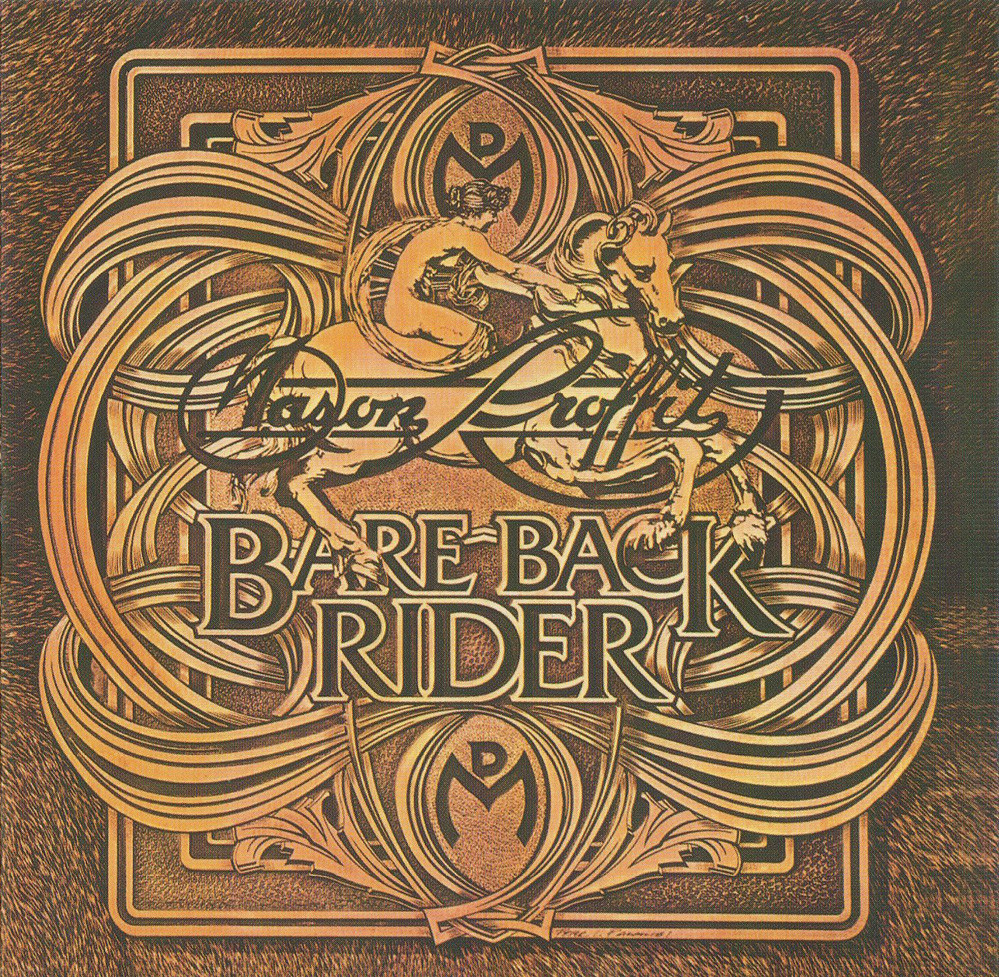 Album cover for 'Bare Back Rider' by Mason Proffit, showcasing a refined country rock sound.
Album cover for 'Bare Back Rider' by Mason Proffit, showcasing a refined country rock sound.
Currently residing in his monastic hermitage, John Michael Talbot continues to create music and engage in spiritual ministry. He views the current challenges in the music industry, particularly with digital streaming, as a shift back towards the importance of live performance, emphasizing the enduring power of music, especially sacred music, to connect and inspire. His ongoing projects, including his online Inner Room Spirituality School and spiritual writings, demonstrate his unwavering commitment to sharing his faith and artistic gifts with the world.
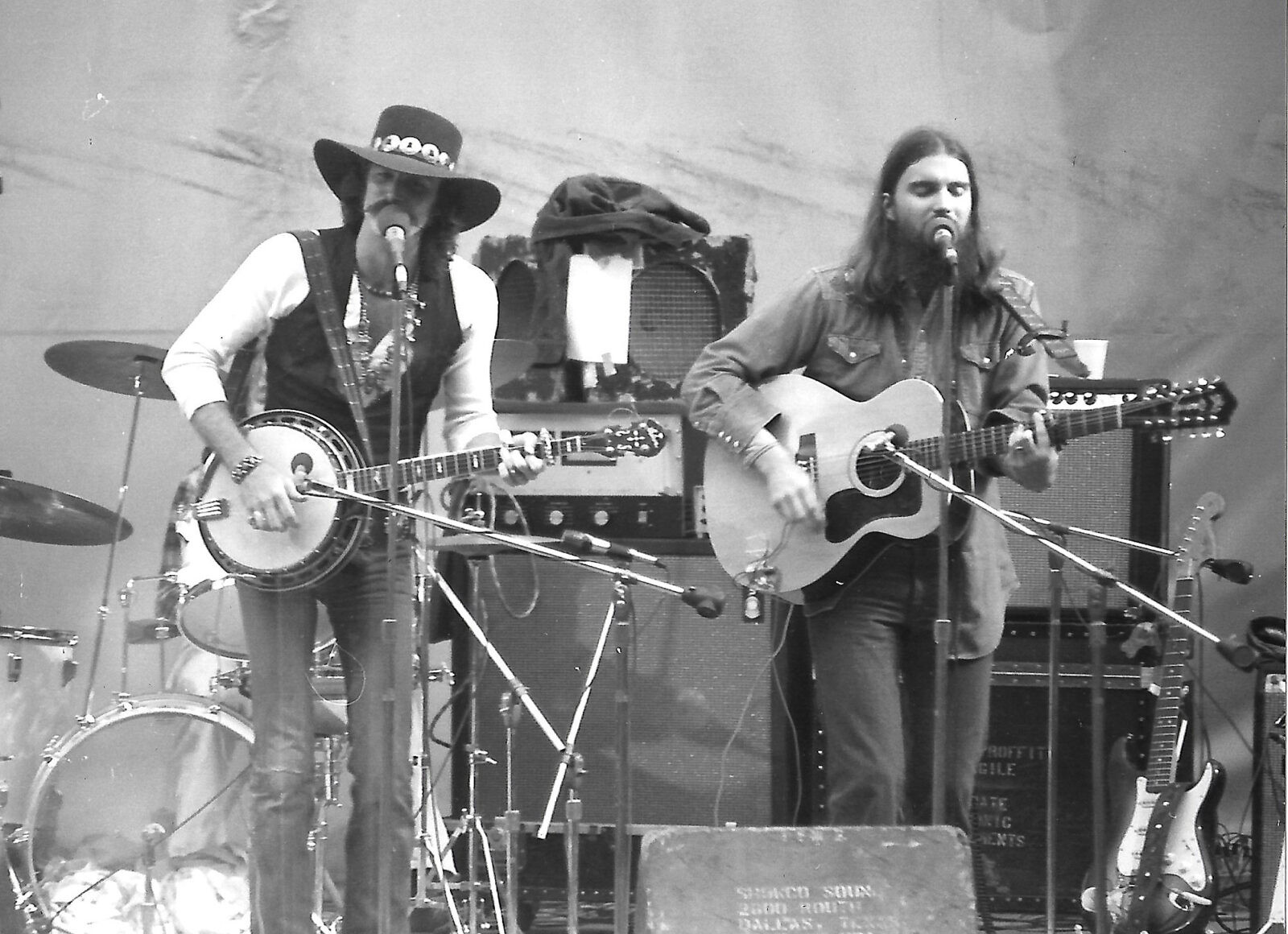 Mason Proffit in 1973, later years of the band showcasing their evolving style and lineup.
Mason Proffit in 1973, later years of the band showcasing their evolving style and lineup.
John Michael Talbot‘s multifaceted career stands as an inspiring example of artistic evolution and spiritual depth. From the country rock stages with Mason Proffit to the contemplative solitude of his hermitage, his journey is a testament to the transformative power of music and faith, leaving an indelible mark on both the secular and Christian music landscapes.
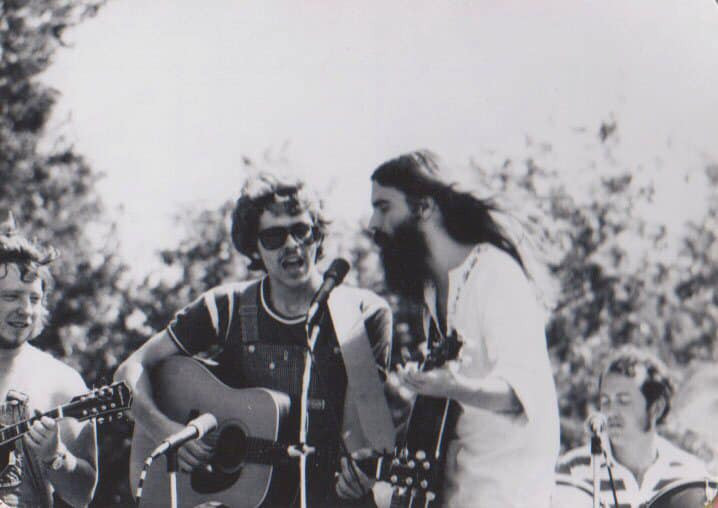 Mason Proffit live performance, capturing their stage presence and musical energy.
Mason Proffit live performance, capturing their stage presence and musical energy.
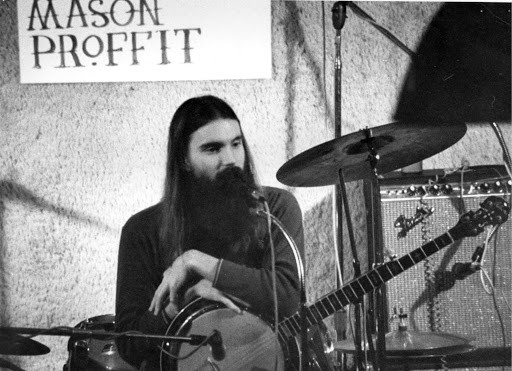 John Michael Talbot and Terry Talbot of The Talbot Brothers, after Mason Proffit, exploring new musical directions.
John Michael Talbot and Terry Talbot of The Talbot Brothers, after Mason Proffit, exploring new musical directions.
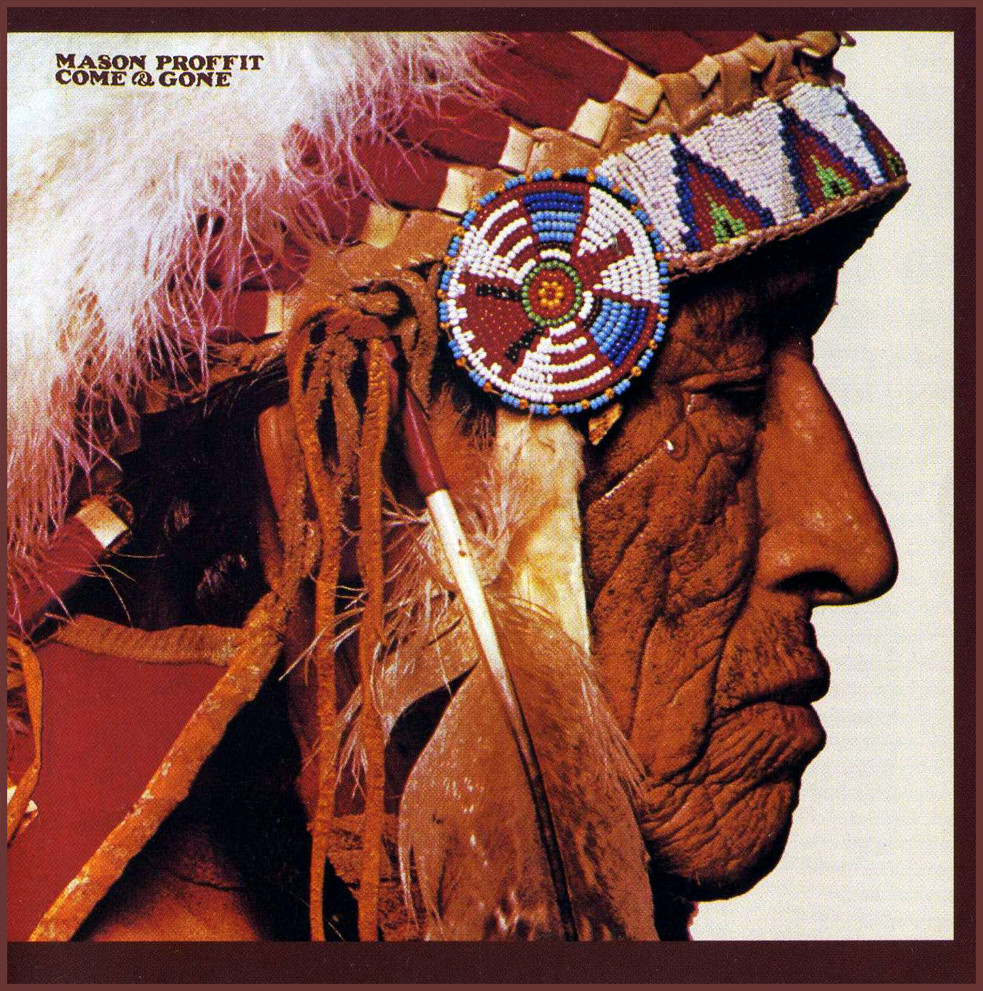 Album cover for 'Come Gone' by Mason Proffit, indicating the band's transition and eventual disbandment.
Album cover for 'Come Gone' by Mason Proffit, indicating the band's transition and eventual disbandment.
 Mason Proffit promotional image, capturing their image and branding during their active years.
Mason Proffit promotional image, capturing their image and branding during their active years.
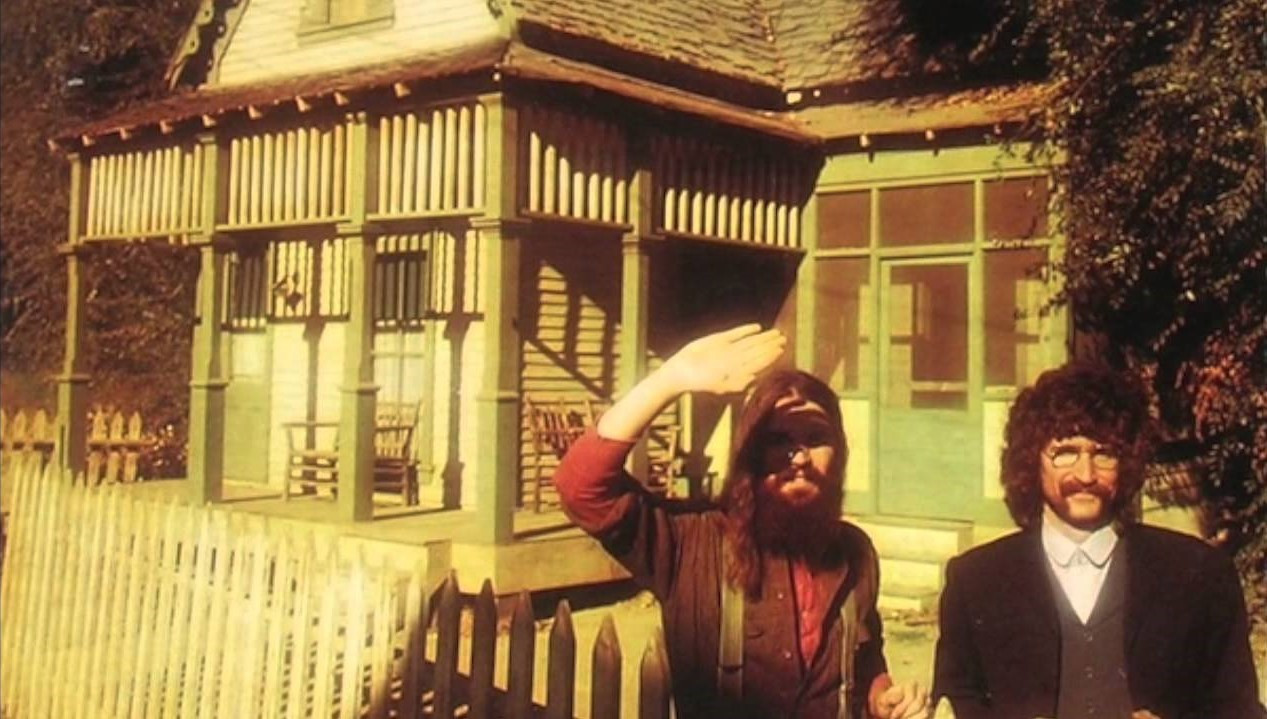 The Talbot Brothers album cover, representing John and Terry Talbot's duo project post-Mason Proffit.
The Talbot Brothers album cover, representing John and Terry Talbot's duo project post-Mason Proffit.
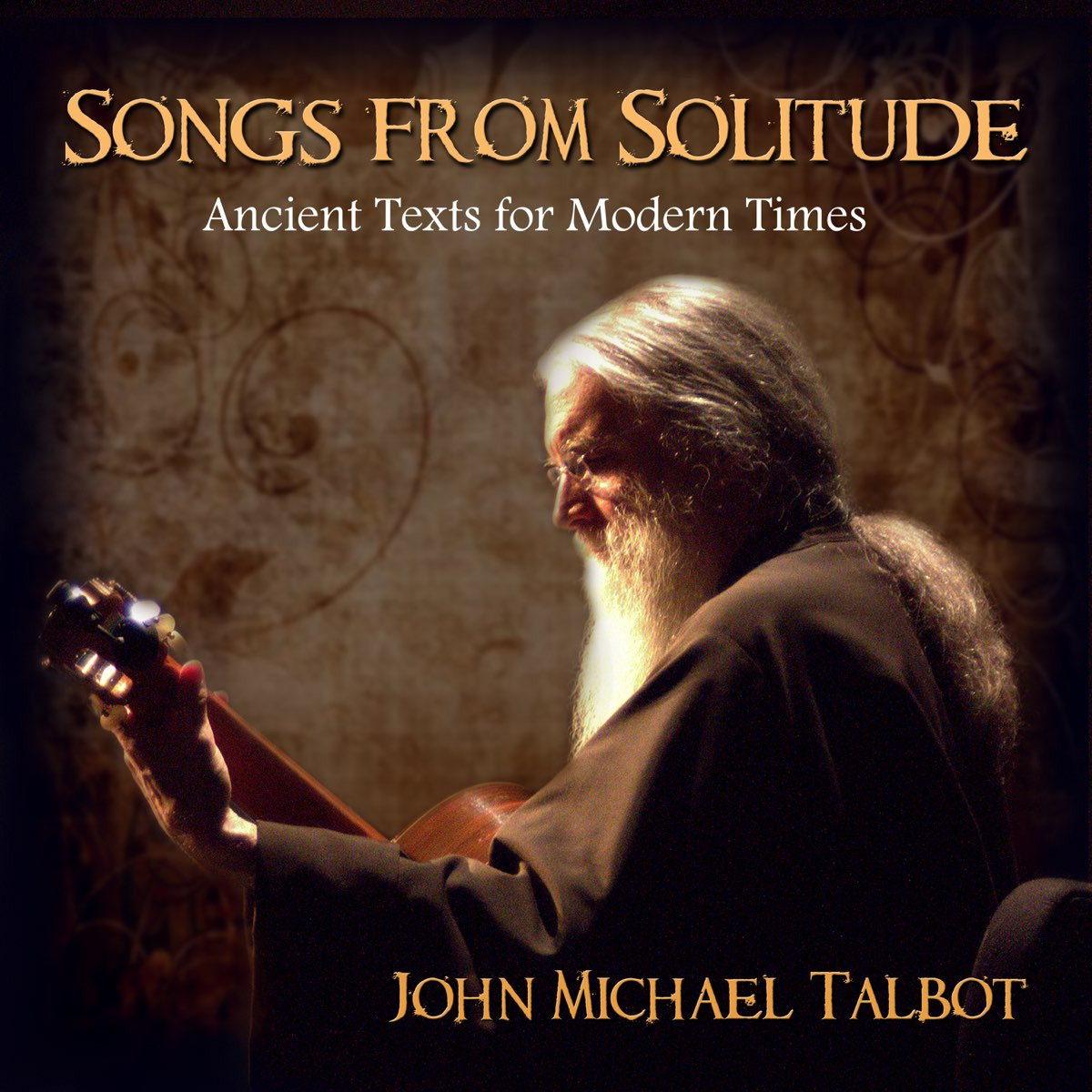 Album cover for 'Songs From Solitude' by John Michael Talbot, his recent work reflecting monastic life and spirituality.
Album cover for 'Songs From Solitude' by John Michael Talbot, his recent work reflecting monastic life and spirituality.
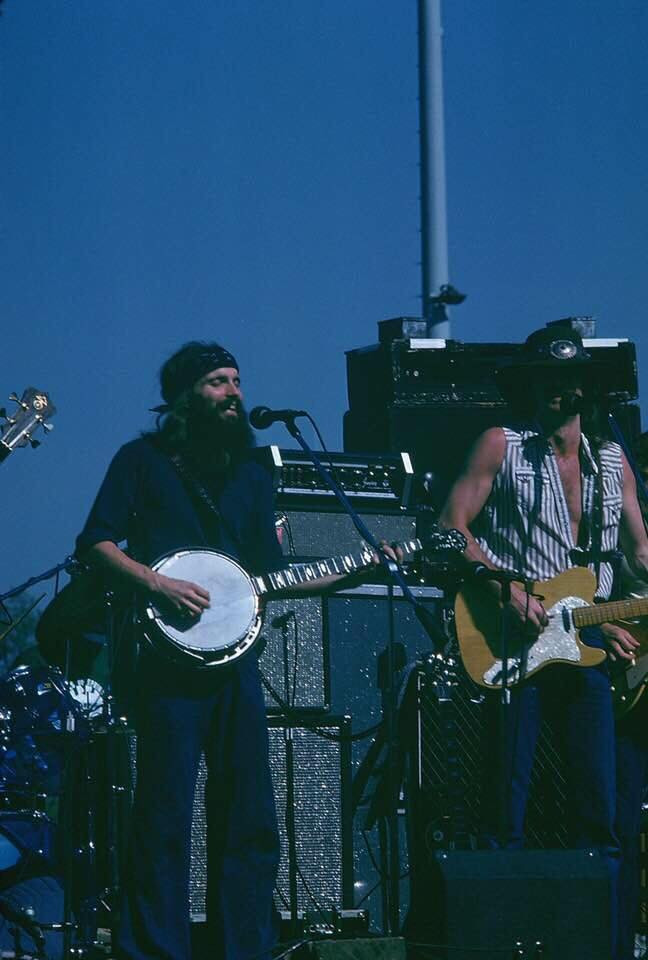 Talbot Brothers in Mason Proffit, a historical image connecting their early and later collaborations.
Talbot Brothers in Mason Proffit, a historical image connecting their early and later collaborations.
 Mason Proffit at the Ozark Mountain Folk Festival in 1973, a live performance scene from their touring days.
Mason Proffit at the Ozark Mountain Folk Festival in 1973, a live performance scene from their touring days.
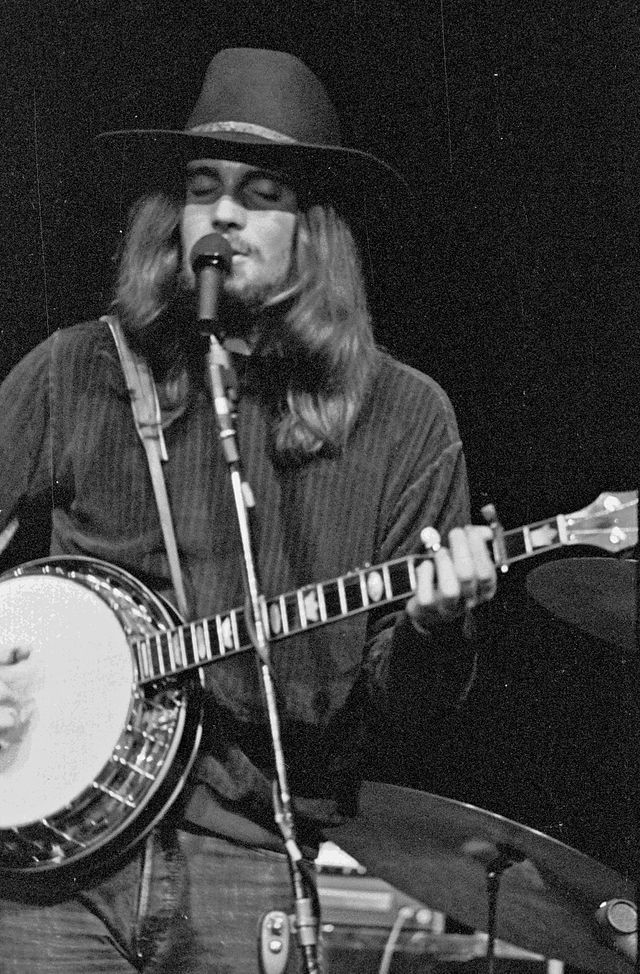 John Michael Talbot at Coe College in 1971, an early solo performance image before his Christian music focus.
John Michael Talbot at Coe College in 1971, an early solo performance image before his Christian music focus.
